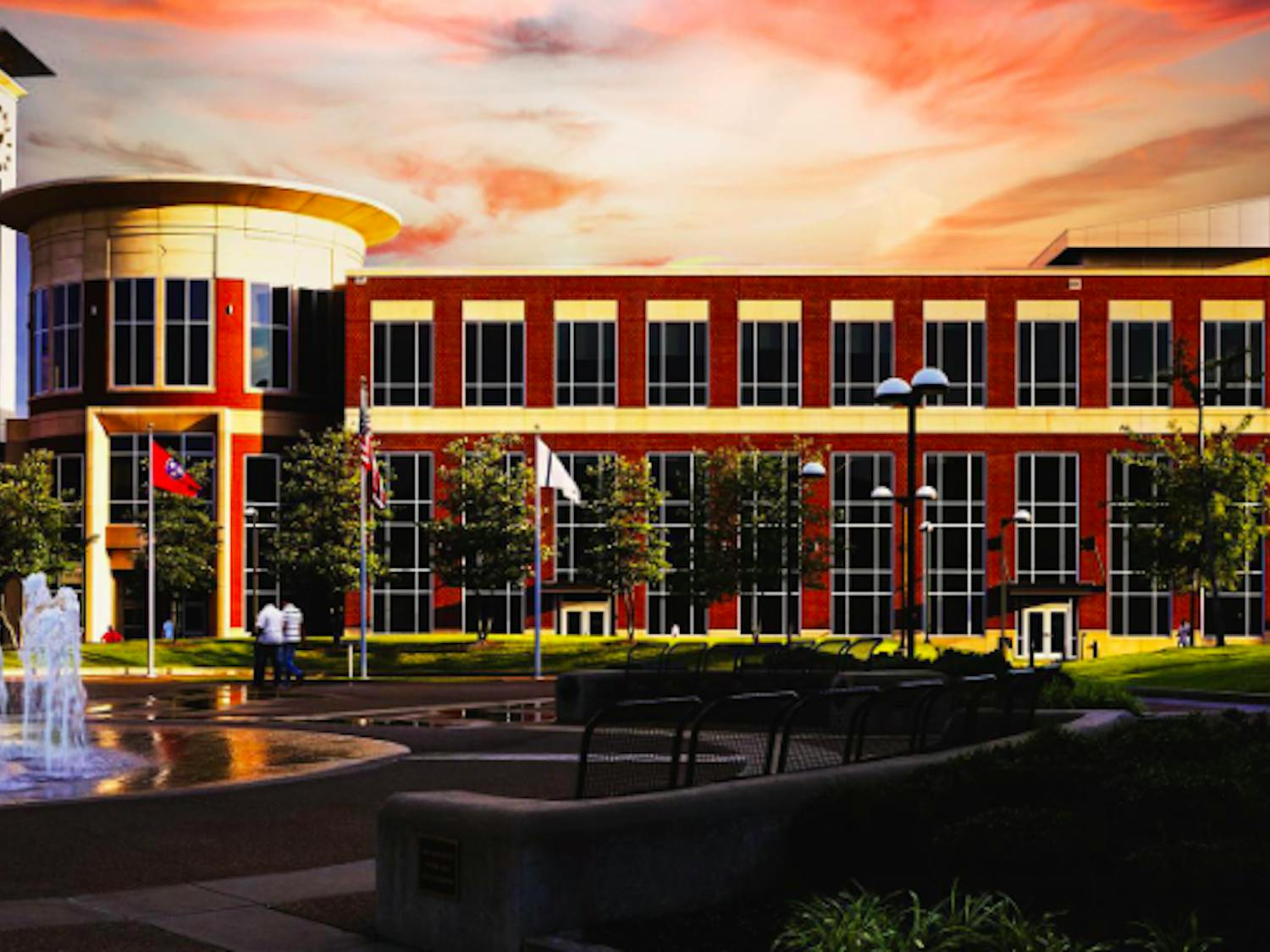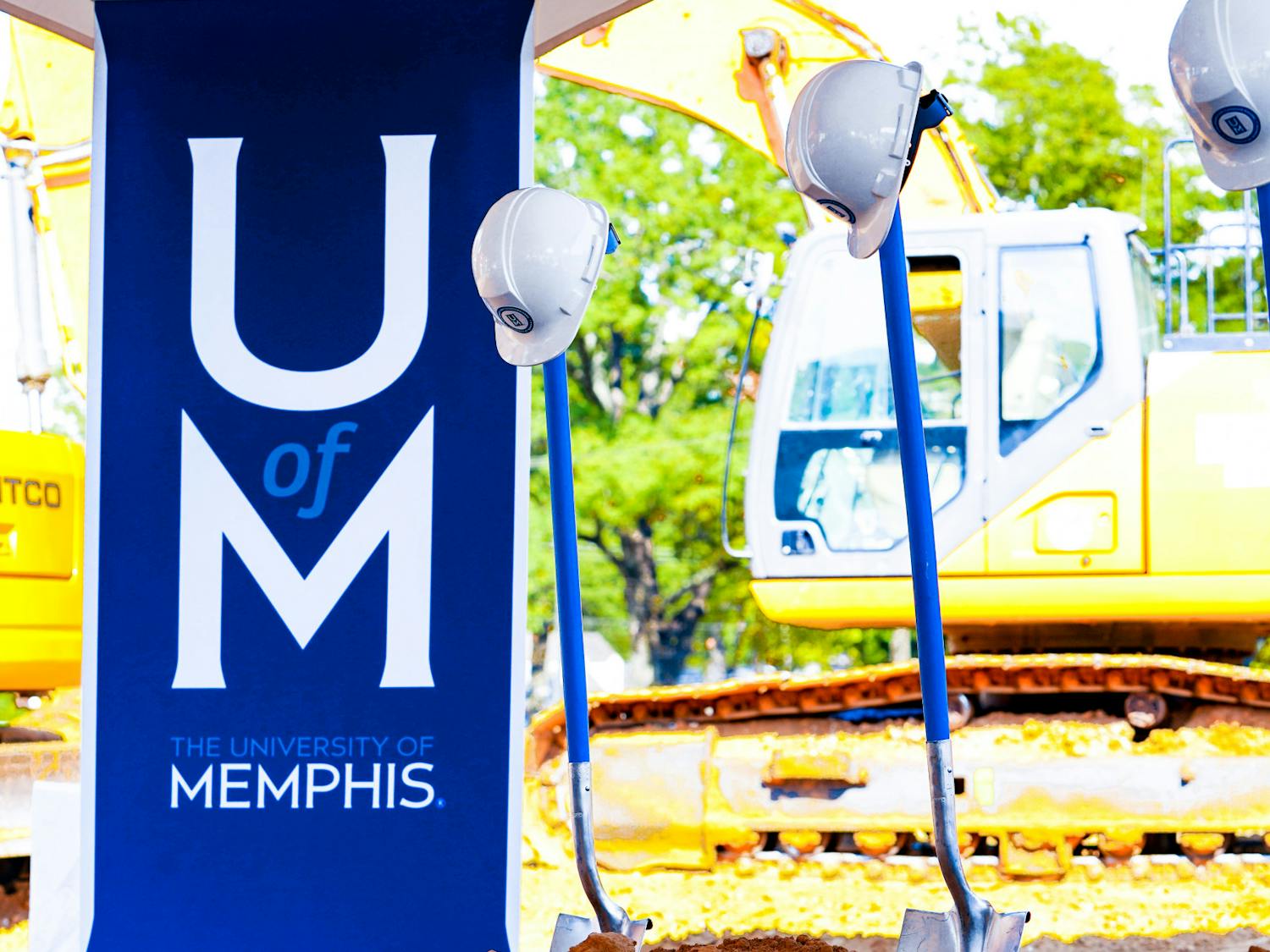The University of Memphis’s on-campus high school opened its doors to students for the first time just over a month ago, expanding U of M’s reach into another level of education.
The school joins the existing University Middle, Campus School, and Early Learning Center. Every level of education, from preschool to graduate school, can now be completed on the U of M campus.
The first freshman class of one hundred students began their year in early August, the same week as thousands of high schools across the country. However, the methods of education at University High School differ slightly from a typical high school.
“Here at University High School, we focus on preparing students for success in college and in life, like most schools aim to do, by teaching academically rigorous core content,” said Amanda McClusky, the school’s assistant director. “However, we also know that educating the person is just as important. To prioritize developing our students as people, we spend our Fridays exploring our core competencies, their social and emotional development, and providing experiential learning opportunities across the U of M campus and the community.”
Besides this unique approach to instructing students, dual enrollment is a critical component of UHS’s curriculum, which McClusky says follows the general outline of the Memphis-Shelby County Schools curriculum, but is modified to fit their needs. The Prep Academy course, for example, teaches valuable real-world concepts like planning, organization skills, and goal setting.
“While our Prep Academy course prepares students to be successful in high school course work, the primary goal is to prepare them for the rigor of those dual enrollment classes,” she said. “Not only can our students take up to 36 hours of Dual Enrollment. Through partnerships with various colleges and departments across the University of Memphis, we have developed several Dual Enrollment tracks that students can elect to complete.”
Most students will begin dual enrollment courses during their 10th grade year. According to the U of M’s website, students can choose between multiple concentrations and academic pathways depending on their interests, including STEM, culinary arts, nursing, education, and more. Online asynchronous learning with in-person faculty support is also available, making the student experience at University High School flexible.
The school is located on campus in the Orgel Education Center and shares the building with the University Middle School. The school expects to expand to a size of four hundred students, one hundred per grade level, in the near future. An outside study determined that the current building will be able to hold both schools, especially after fourth-floor renovations add an additional 13 classrooms.
Fortunately, the school has not been affected by the national teacher shortage, employing five full-time and three part-time teachers. Hunter Zyriek-Rhodes teaches World History and Facing History at the high school. “The opportunity to work with students and see what makes them come alive is always the most enjoyable part of teaching,” he said. “The young people at UHS have a desire to dig deeply into a variety of topics, and they are ready to take this knowledge into the world outside the classroom walls. Witnessing their passion consistently reignites my own.”
Zyriek-Rhodes says working at a laboratory school allows him to be far more creative in lesson planning than at the average high school. Hands-on learning is a vital part of the learning experience at University High School. “This gives them the chance to go beyond the normal high school experience by applying their knowledge through art, independent and group research, and practical application to real-world problems,” he said.
Assistant Director McClusky says she is proud the school has done so well in its opening month. “We have been most successful in creating a positive school environment where students and teachers feel valued, heard, and respected,” she said. “We prioritize educating the whole child, and we feel that by doing so, students will be more successful in college and in life.”





